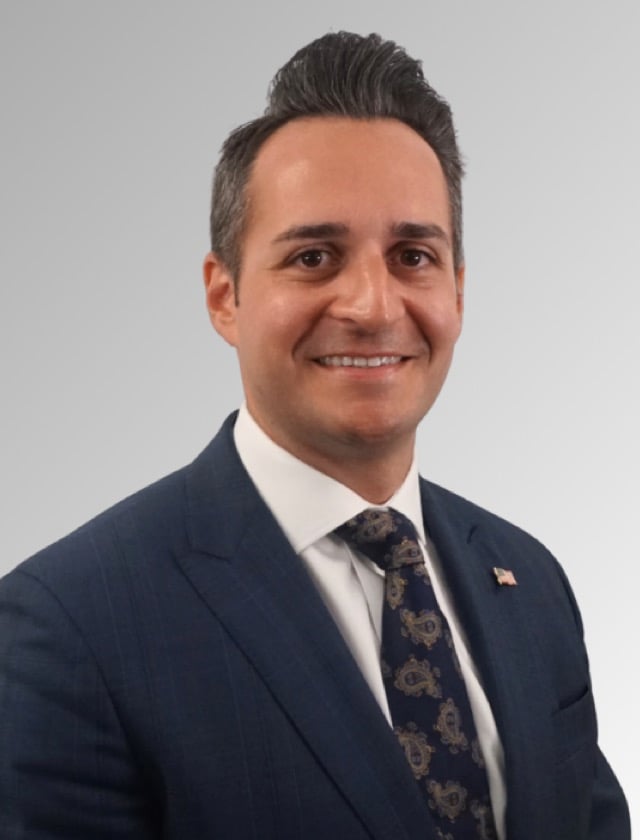Respiratory failure can be a fatal emergency. Ventilators are used to move air in and out of a patient's lungs when lung capacity decreases or stops altogether. A respiratory therapist and doctor can determine how much breathing assistance a ventilator provides. Ventilators may be used for a short period of time (e.g., to help control your breathing during surgery) or for long-term use. Long-term ventilator use may be seen with obesity-hypoventilation syndrome (OHS), chronic obstructive pulmonary diseases (COPD), and neuromuscular and chest wall diseases (CWD).
When a patient is on a ventilator, they are unable to speak or eat because of the tube inserted into their throat. While the ventilator does not cause a patient pain, the tube can cause some general discomfort, like coughing and gagging.
In most cases, ventilators are life-saving. Once a ventilator is no longer needed, doctors will "wean" a patient off of the machine, slowly decreasing ventilator support until a patient can breathe on their own. If a patient is unable to wean off a ventilator and breathe independently, they become ventilator dependent. Chronic ventilator dependence is a serious medical condition that can be extremely risky for patients to overcome.



